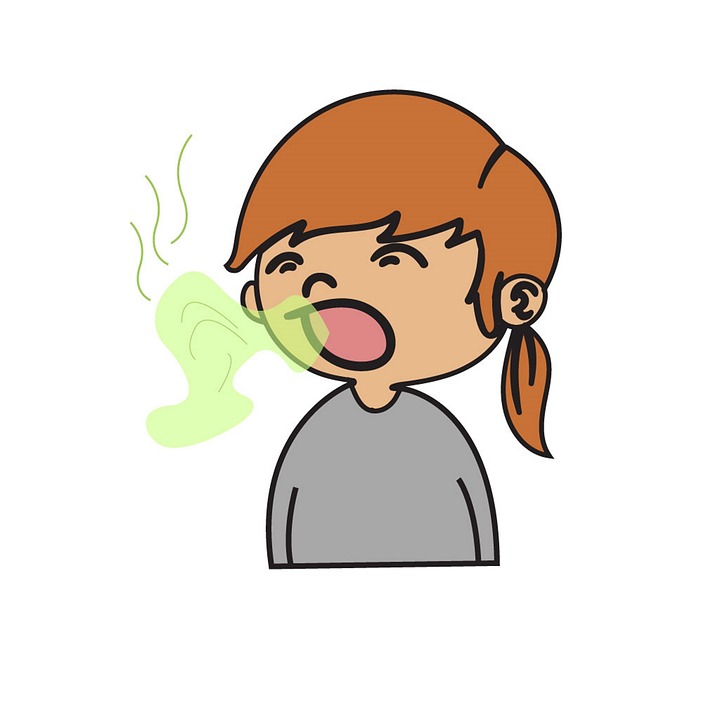Pelvic organ prolapse is bulging of one or more of the pelvic organs into the vagina.
These organs are the uterus, vagina, bowel and bladder.
Symptoms may include:
a sensation of a bulge or something coming down or out of the vagina, which sometimes needs to be pushed back
discomfort during sex
problems passing urine – such as slow stream, a feeling of not emptying the bladder fully, needing to urinate more often and leaking a small amount of urine when you cough, sneeze or exercise (stress incontinence)
Some women with a pelvic organ prolapse don’t have any symptoms and the condition is only discovered during an internal examination for another reason, such as a cervical screening.
When to see your GP
Pelvic organ prolapse isn’t life-threatening, but it can affect your quality of life.
See your GP if you have any of the symptoms of a prolapse, or if you notice a lump in or around your vagina.
Internal pelvic examination
Your doctor will need to carry out an internal pelvic examination. They’ll ask you to undress from the waist down and lie back on the examination bed, while they feel for any lumps in your pelvic area.
Some women may put off going to their GP if they’re embarrassed or worried about what the doctor may find. However, the examination is important, only takes a few minutes and is similar to having a smear test.
Further tests
If you have bladder symptoms, such as needing to rush to the toilet or leaking when you cough and sneeze, further tests may need to be carried out in hospital.
For example, a small tube (catheter) may be inserted into your bladder to examine your bladder function and identify any leakage problems. This test is known as urodynamics.
Your doctor will decide if further tests are needed before treating the prolapse.
Types of prolapse
If pelvic organ prolapse is confirmed, it will usually be staged to indicate how severe it is. Most often, a number system is used, ranging from one to four, with four indicating a severe prolapse.
Pelvic organ prolapse can affect the front, top or back of the vagina. The main types of prolapse are:
anterior prolapse (cystocele) – where the bladder bulges into the front wall of the vagina
prolapse of the uterus and cervix or top of the vagina – which can be the result of previous treatment to remove the womb (hysterectomy)
posterior wall prolapse (rectocoele or enterocoele) – when the bowel bulges forward into the back wall of the vagina
It’s possible to have more than one of these types of prolapse at the same time.
Why does prolapse happen?
Prolapse is caused by weakening of tissues that support the pelvic organs. Although there’s rarely a single cause, the risk of developing pelvic organ prolapse can be increased by:
your age – prolapse is more common as you get older
childbirth, particularly if you had a long or difficult labour, or gave birth to multiple babies or a large baby – up to half of all women who have had children are affected by some degree of prolapse
changes caused by the menopause – such as weakening of tissue and low levels of the hormone oestrogen
being overweight, obese or having large fibroids (non-cancerous tumours in or around the womb) or pelvic cysts – which creates extra pressure in the pelvic area
previous pelvic surgery – such as a hysterectomy or bladder repair
repeated heavy lifting and manual work
long-term coughing or sneezing – for example, if you smoke, have a lung condition or allergy
excessive straining when going to the toilet because of long-term constipation
Certain conditions can also cause the tissues in your body to become weak, making a prolapse more likely, including:
joint hypermobility syndrome – where your joints are very loose
Marfan syndrome – an inherited condition that affects the blood vessels, eyes and skeleton
Ehlers-Danlos syndrome – a group of inherited conditions that affect collagen proteins in the body
Can a prolapse be prevented?
There are several things you can do to reduce your risk of prolapse, including:
doing regular pelvic floor exercises
maintaining a healthy weight or losing weight if you’re overweight
eating a high-fibre diet with plenty of fresh fruit, vegetables, and wholegrain bread and cereal to avoid constipation and straining when going to the toilet
avoiding heavy lifting
If you smoke, stopping smoking may also help to reduce your risk of a prolapse.
How is prolapse treated?
Many women with prolapse don’t need treatment, as the problem doesn’t seriously interfere with their normal activities.
Lifestyle changes such as weight loss and pelvic floor exercises are usually recommended in mild cases.
If the symptoms require treatment, a prolapse may be treated effectively using a device inserted into the vagina, called a vaginal pessary. This helps to hold the prolapsed organ in place.
Surgery may also be an option for some women. This usually involves giving support to the prolapsed organ. In some cases, complete removal of the womb (hysterectomy) is required, especially if the womb has prolapsed out.
Most women experience a better quality of life after surgery, but there’s a risk of problems remaining or even getting worse.





